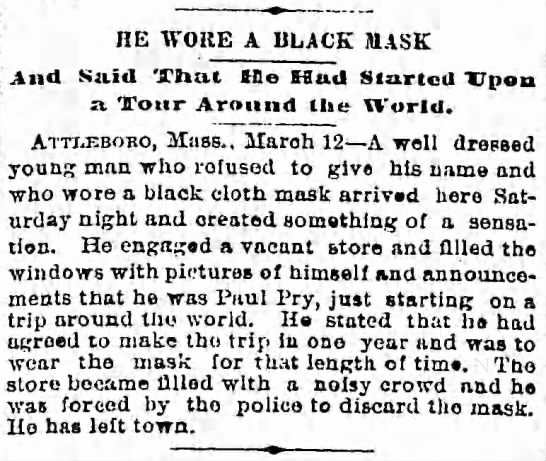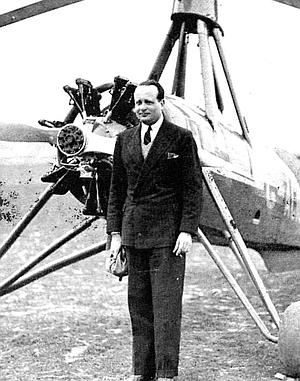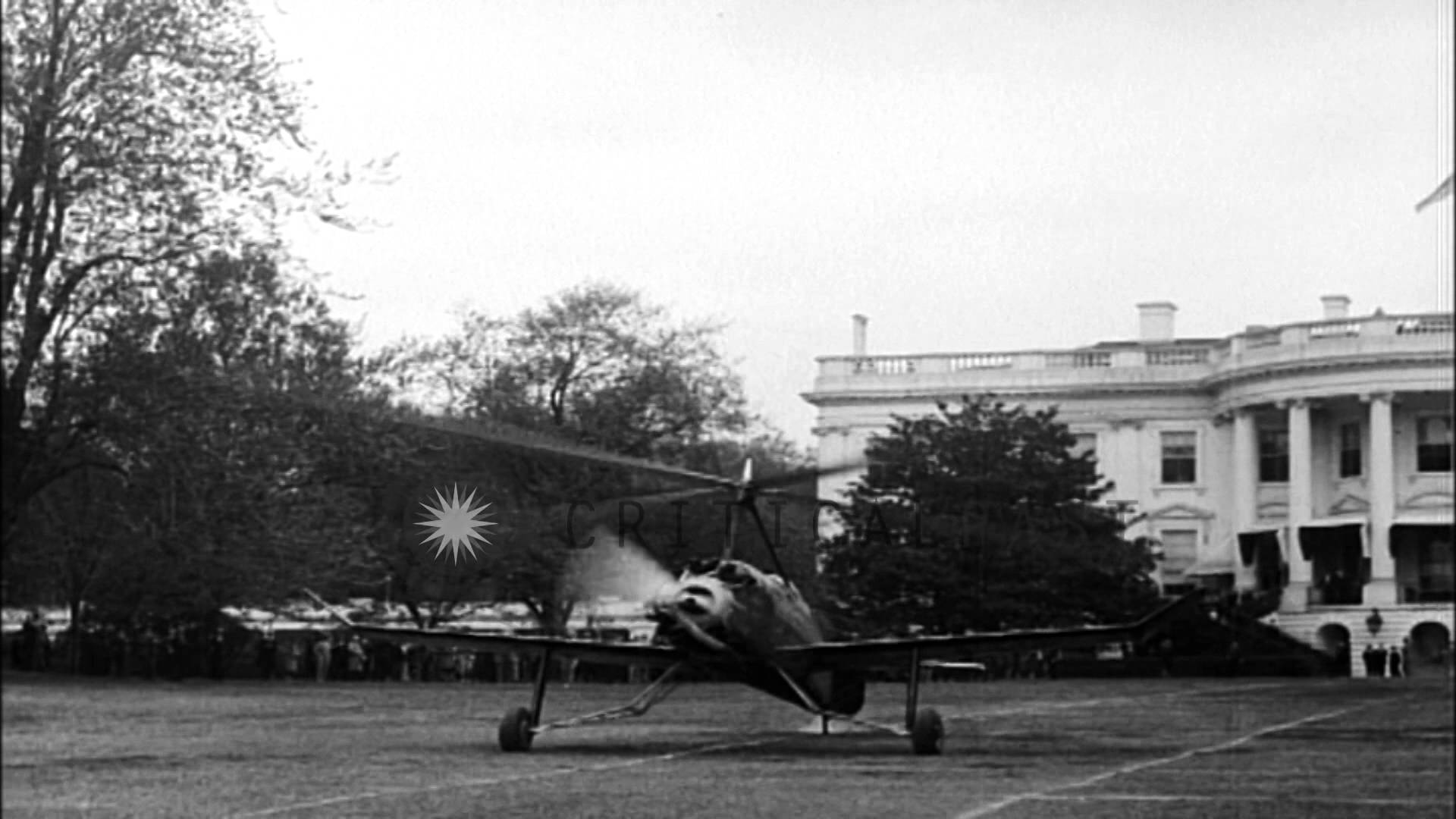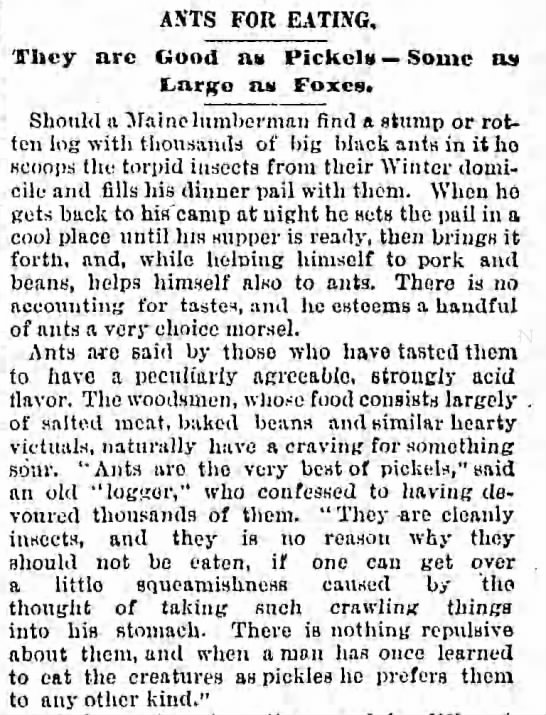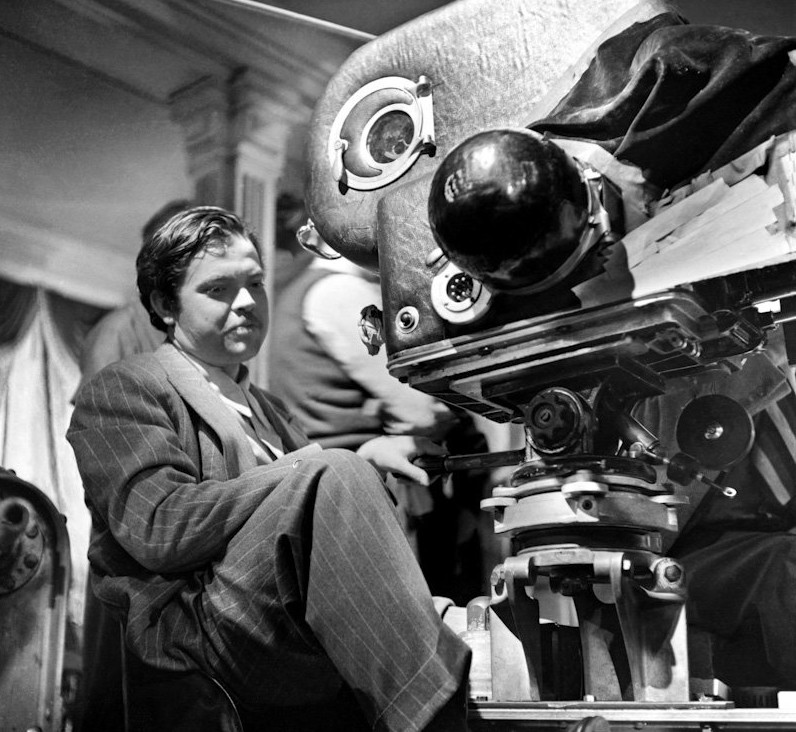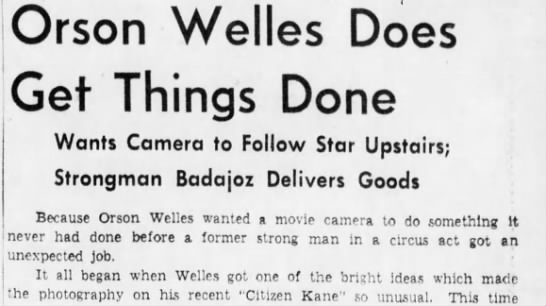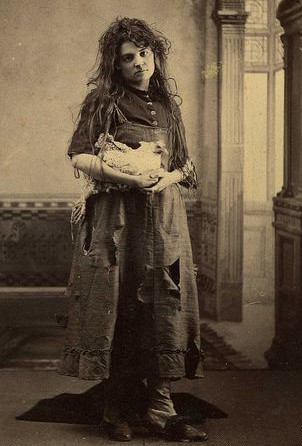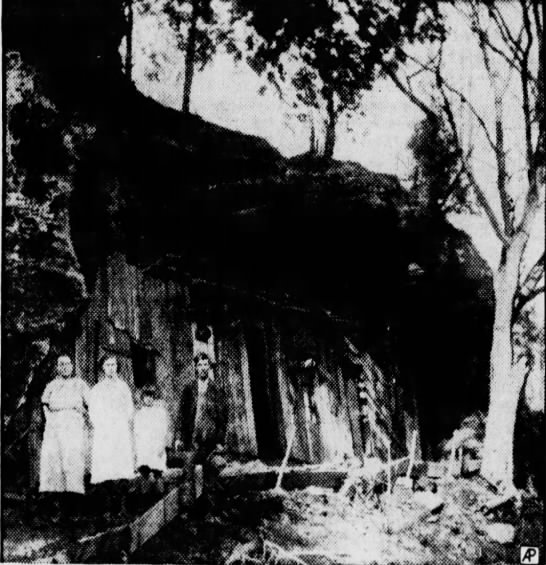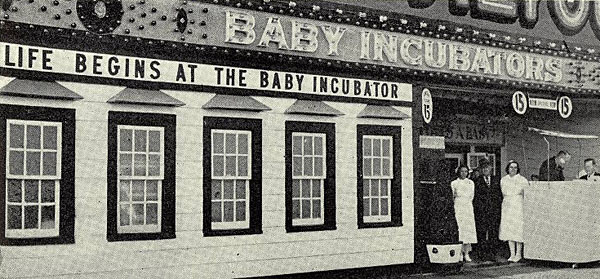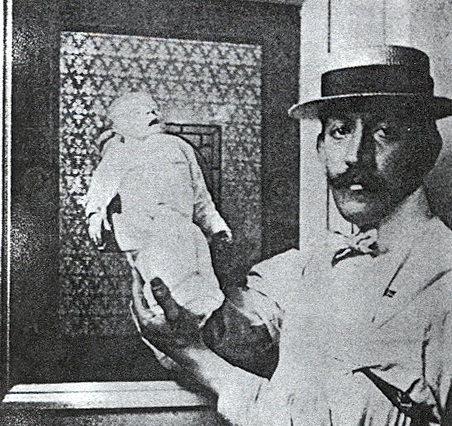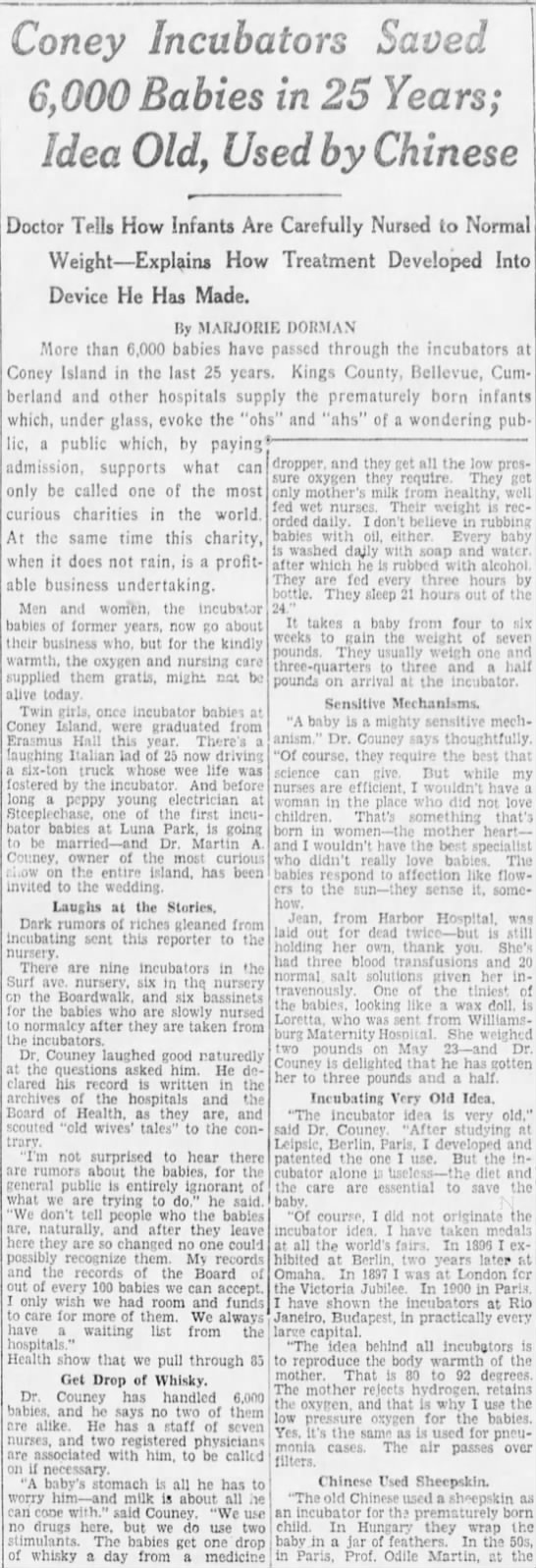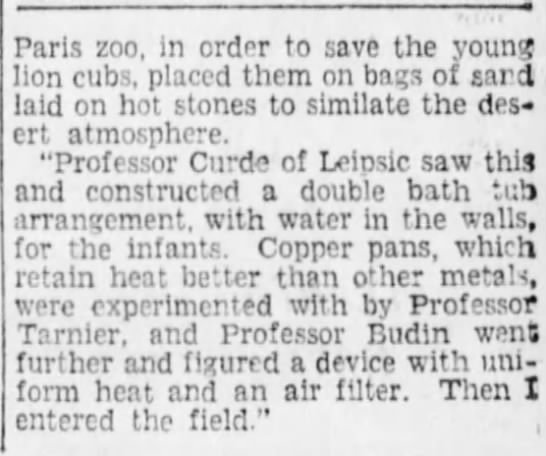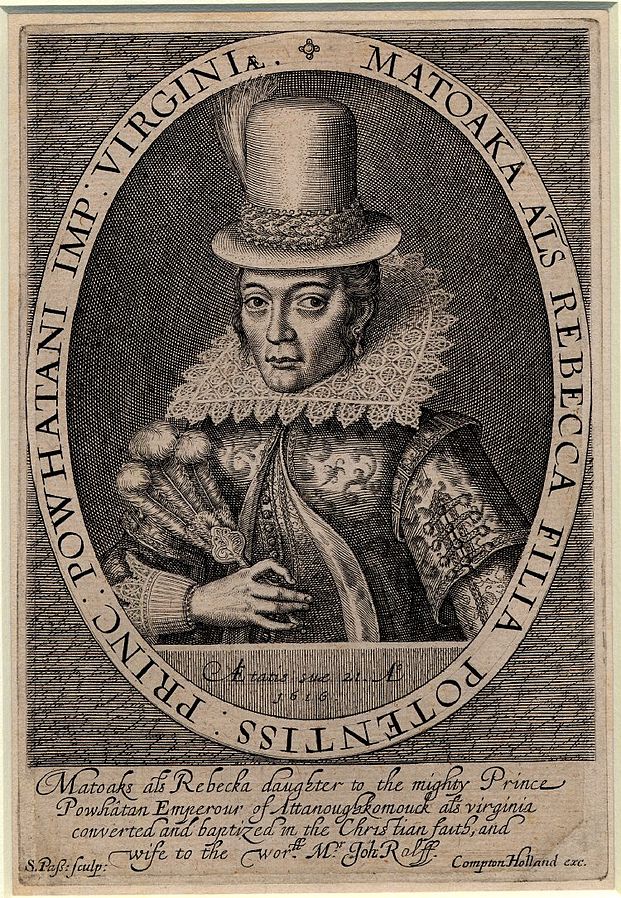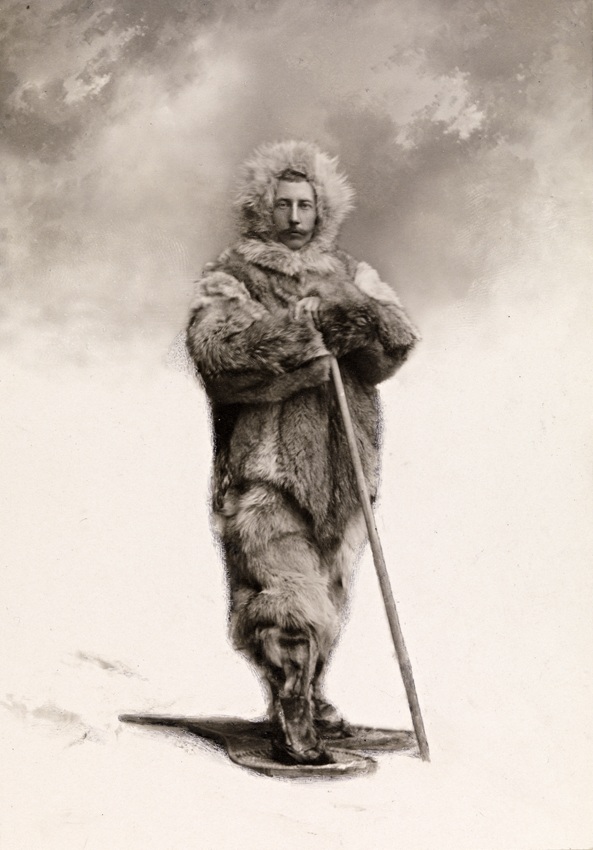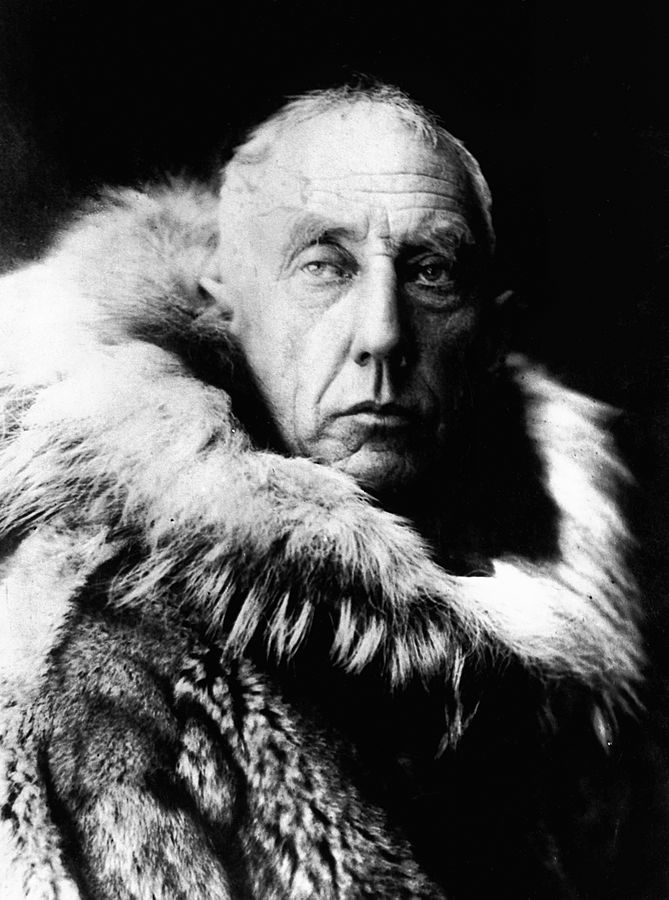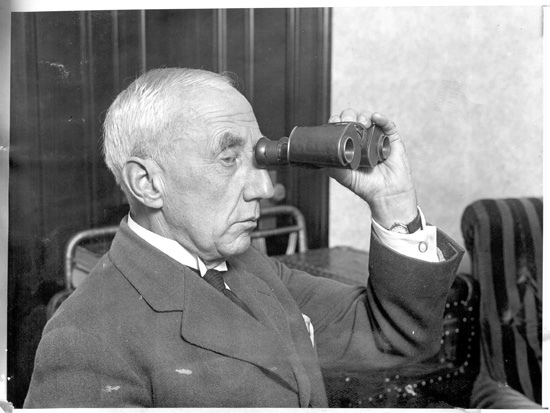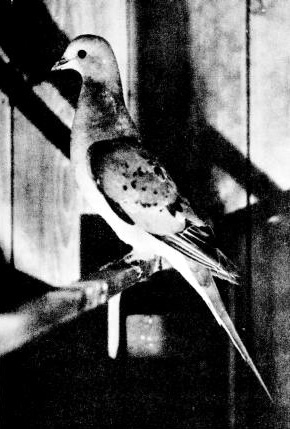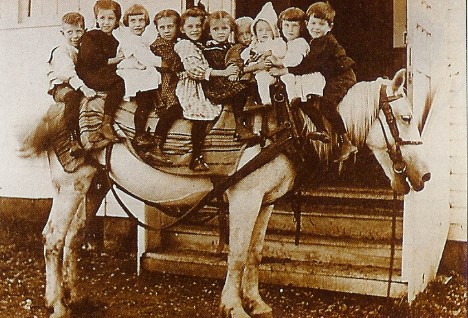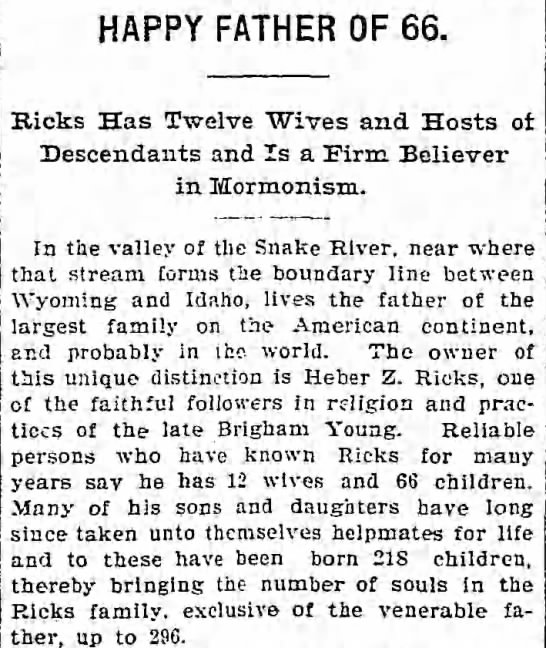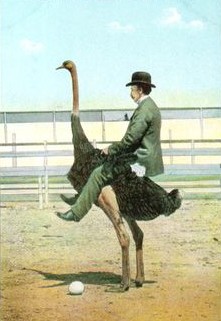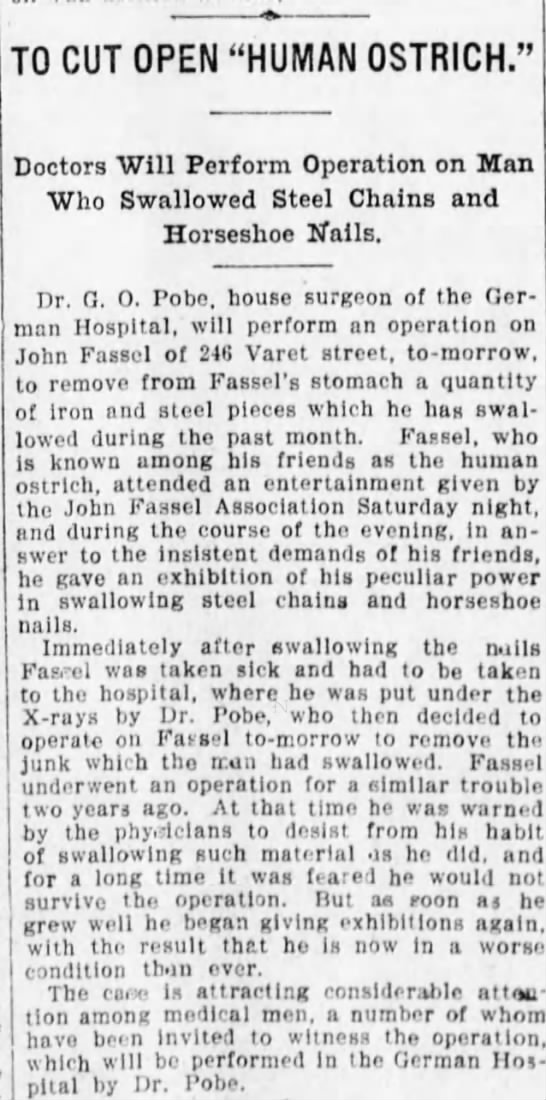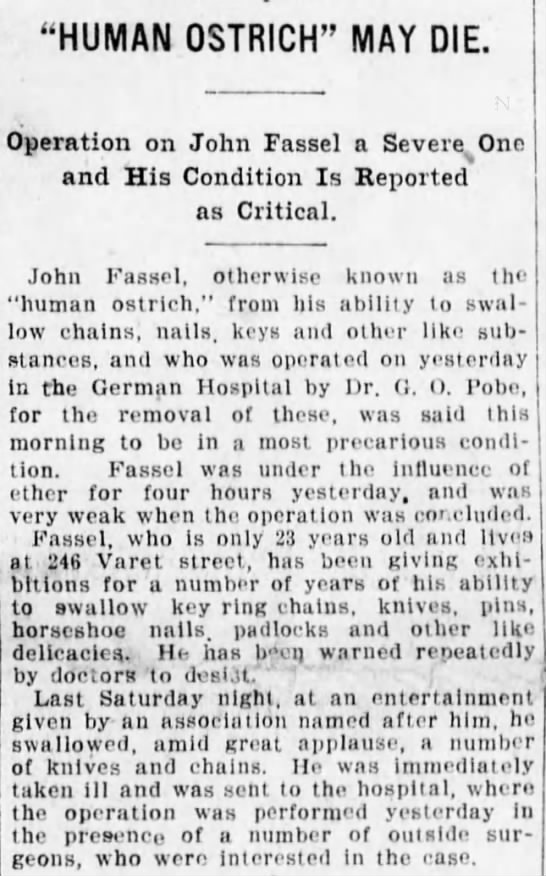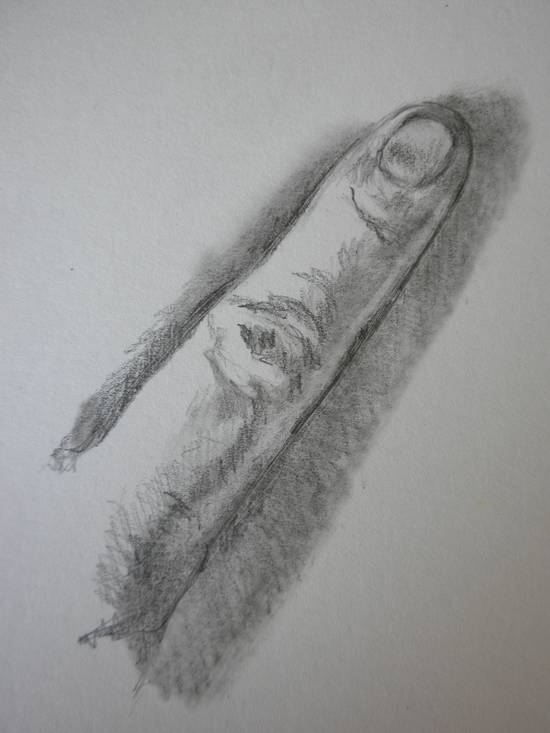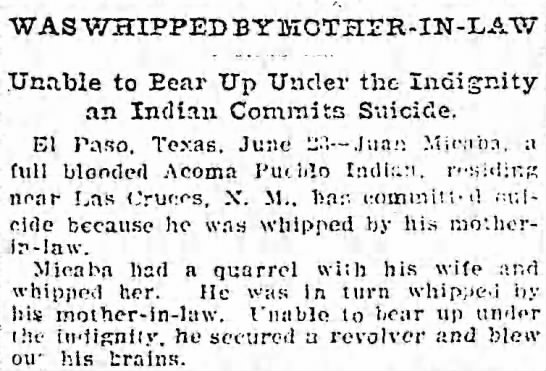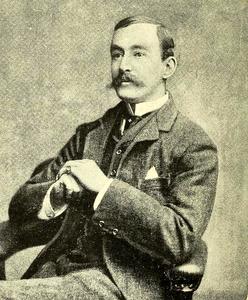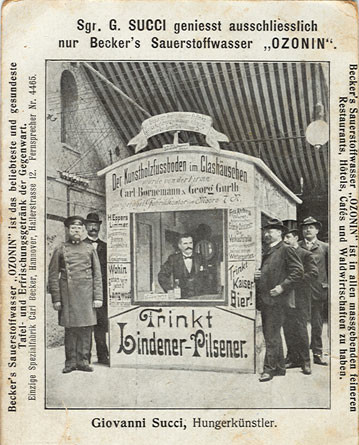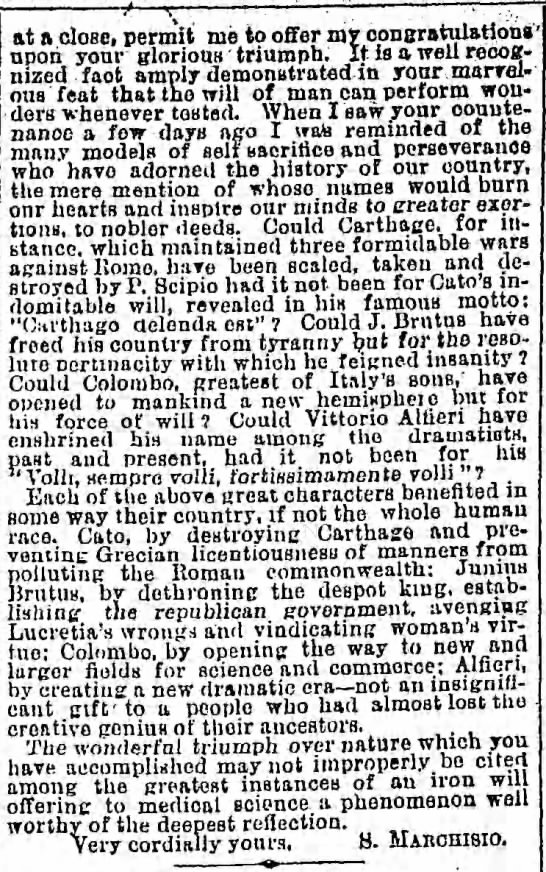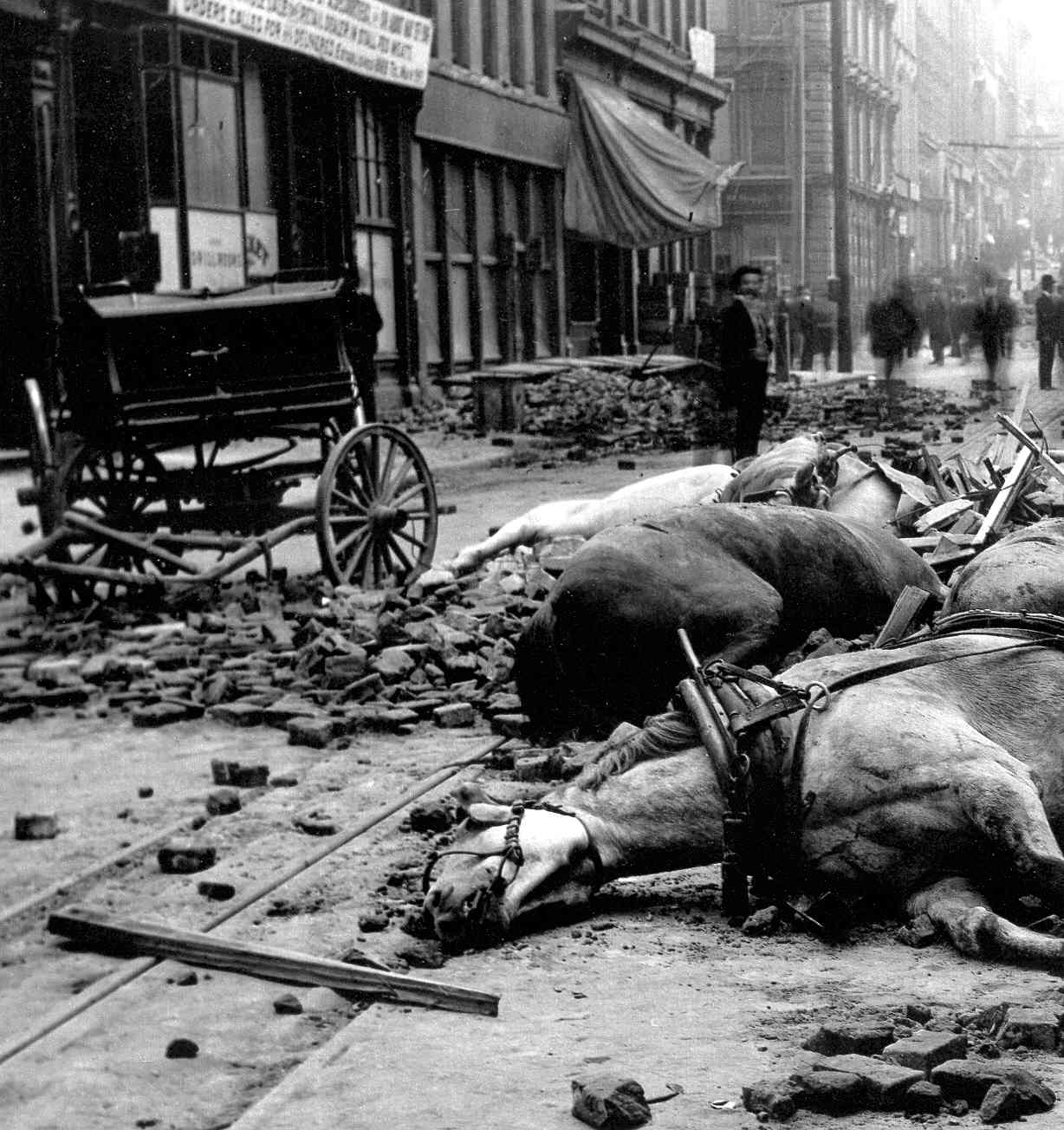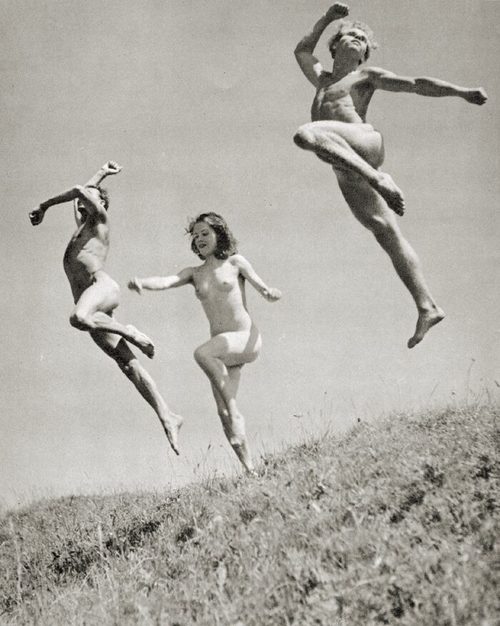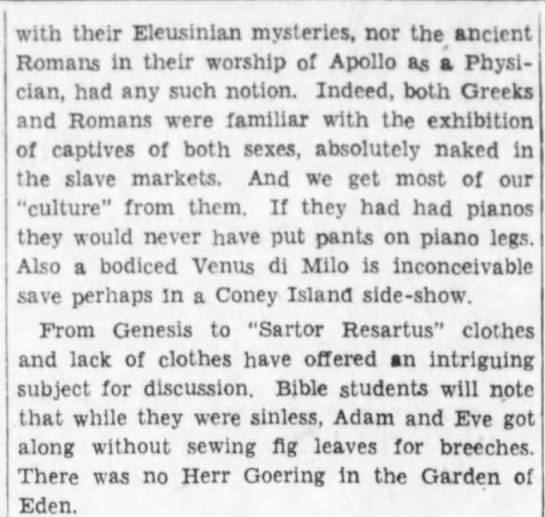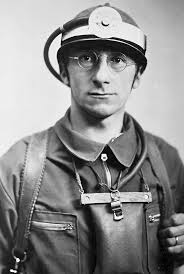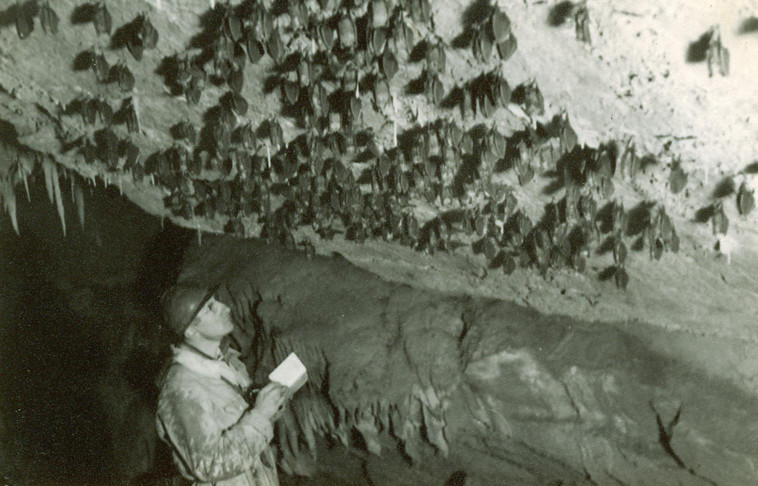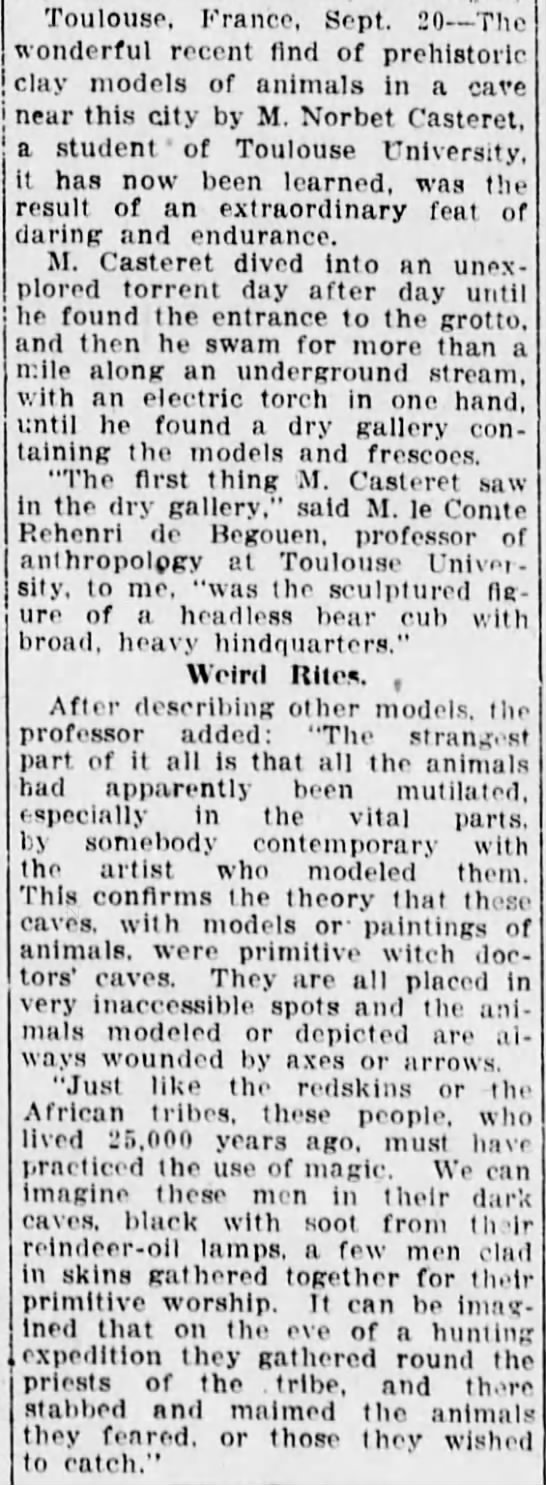From the March 12, 1894 Brooklyn Daily Eagle:
You are currently browsing the archive for the Old Print Articles category.
We were aware, more than seven decades ago, that the moon could be a landing pad, a rocket launcher and a nonpareil space observatory. Our failure to execute in this area is one of will, not knowledge. An article follows about the moon and its uses (including being an airport of sorts) from the December 29, 1940 Brooklyn Daily Eagle.
 For some reason, people long for their cars to fly. In the 1930s it was believed that Spanish aviator Juan de la Cierva had made the dream come true, although he coincidentally died in an air accident in Amsterdam just as his roadable flying machine was proving a success in Washington D.C.
For some reason, people long for their cars to fly. In the 1930s it was believed that Spanish aviator Juan de la Cierva had made the dream come true, although he coincidentally died in an air accident in Amsterdam just as his roadable flying machine was proving a success in Washington D.C.
In 1920, the man from Murcia invented the Autogiro, a single-rotor-type aircraft which led several years later to his creation of an articulated rotor that made possible the world’s first flight of a stable rotary-wing aircraft. The American government licensed the technology and eventually turned out a working prototype of a flying car, hoping that suburbanites would soon soar to work from their backyards directly to helipads atop city office buildings. If they needed to nose down and drive on a highway, that would be possible.
The test was deemed a success on road and in sky (even though the machine was clearly more plane than automobile). Sadly, almost simultaneous to the triumphant run, Cierva was killed while a passenger aboard a standard Dutch airliner that crashed in England.
The aerobile was clearly never made available for public consumption, probably owing to safety and cost concerns. One enterprising hotel in Miami, however, purchased a roadable Autogiro and used it to fly guests to the beach, further enticing them by employing celebrity pilot Jim Ray, who had handled the D.C. test run.
An excerpt from an article about the test and tragedy overlapping, published in the December 13, 1936 Brooklyn Daily Eagle.
“They destroyed Ambersons, and it destroyed me,” Orson Welles said, lamenting RKO’s decision to chop up his 1942 adaptation of the Booth Tarkington novel The Magnificent Ambersons. The studio cut significant footage from the movie and changed the ending, and though some hold out hope that an original print was secreted to South America and survives today, no film cans have ever surfaced.
In an April 12, 1942 Brooklyn Daily Eagle article published three months before the company released the mutilated version, Welles told a story about the lengths he’d gone to make a work as great as Citizen Kane. He claimed that in order to get a shot no one had been able to previously master, he hired a circus strongman named Badajoz as a freelance cameraman.
Tags: Beaulah Waddle, Lily Waddle, Mr. Waddle, Mrs. Waddle
Coney Island was chiefly an amusement and often a raffish one, but there was a serious side to some of the sights. For instance, Topsy the elephant was electrocuted in 1903 in what may have been a scheme to make Nikola Tesla’s AC system seem dangerous, giving Thomas Edison’s DC method positive publicity during the War of the Currents. The baby incubators were likewise a suspect attraction, though it would seem much good came of the spectator-sponsored medical innovation, which, if its proprietor, Dr. Martin A. Couney, is to be believed, successfully graduated 6,000 babies by 1928, the infants nursed on low-pressure oxygen, breast milk and a daily drop of whiskey. An article about the incubators from the August 4, 1928 Brooklyn Daily Eagle.
Tags: Pocahontas
As difficult as it was to believe that Roald Amundsen had survived his many explorations, at the end it was just as tough to accept that he’d perished.
The early twentieth-century Norwegian explorer was so secretive about his missions that credit for discovering the South Pole in 1912 at first went to his British rival Capt. Robert Scott, until the truth prevailed. So when the ultra-resourceful Amundsen and his party went missing in 1928 when flying to the Arctic to attempt a rescue of crew members of the crashed airship Italia, some in the American media believed, or wanted to believe, that he had only lost contact for the moment. Sadly, the disappearance was permanent; not even wreckage was ever recovered. An article from the June 20 Brooklyn Daily Eagle of that year, which hoped against hope.•
Tags: Roald Amundsen, Robert Scott
There aren’t many things that can kill most of the life on Earth, though there are some (climate change for one) that can claim a heartbreaking part of it.
Recent discussion about the existential threat of global warming has led Stewart Brand to fret that perhaps all these apocalyptic daydreams may be stunting the progress of conservationists. He contends in a new Aeon essay that there’s no onrushing Sixth Extinction, as it’s been called, and though he acknowledges great concern for defaunation and ecosystem functioning, he believes humans will act with drastic measures if necessary before we bury ourselves in a global Easter Island. He further argues that biotech might allow us to reverse species endangerment and increase biodiversity.
It’s a great piece, the kind Aeon spoils us with regularly. While I agree climate change isn’t likely to extinct all of Homo sapiens in the foreseeable future, even in a century or two, it could possibly reduce population with a viciousness. Brand’s gut feeling aside, there’s no guarantee we’ll make intelligent political decisions to protect our tomorrow and that of other fauna and flora. We certainly haven’t demonstrated such big-picture fortitude yet. And bioengineering our way out of trouble means plenty of unintended consequences, no matter how careful we are. Aggressive environmentalism and conservation is still the key, which is something I imagine Brand would concur with.
From Brand:
Anyone who doubts the reality of global warming need only talk to a few field biologists. Everyone doing field research is discovering how sensitive the organisms they study are to slight changes in average temperature, in the length of the growing season, in rainfall patterns. But just because organisms are sensitive to change doesn’t mean they are threatened by it. Any creature or plant facing a shifting environment has three choices: move, adapt or die. …
Move, adapt or die. When organisms challenged by climate change respond by adapting, they evolve. When they move, they often encounter distant cousins and hybridise with them, sometimes evolving new species. When they die, they leave a niche open for other species to migrate or adapt into, and a warming climate tends to open the way for more species rather than fewer. In the same Nature essay, Thomas wrote: ‘Global-diversity gradients dictate that more warm-adapted species are available to colonise new areas than cold-adapted species retreating from those areas as the climate warms.’
Throughout 3.8 billion years of evolution on Earth, the inexorable trend has been toward an ever greater variety of species. With the past two mass extinction events there were soon many more species alive after each catastrophe than there were before it.
There is no reason to be sanguine about climate change. It is the most serious problem currently facing humanity and nature. It might lead to the loss of some species that we lament greatly, but it will also usher in new species, and unless there is extremely ‘abrupt’ climate change, net biodiversity is unlikely to decrease dramatically. Abrupt-change scenarios have been dropping out of the climate models lately, thanks to ever-improving data and growing knowledge about climate dynamics. My own prediction is that climate change will be deemed intolerable for humans long before it speeds up extinction rates, and even if radical steps have to be taken to head it off, they will be taken.•
Tags: Stewart Brand
The Human Ostrich, an inversion of his self-denying cousin the Hunger Artist, could not stop eating even when good sense should have prevailed, and it wasn’t just food he devoured. Entertaining others for a paycheck or to win bar bets, such a turn-of-the-century performer would down any metal item he was egged on to swallow, from pocket-watch chains to sharp knives to skeleton keys. One such foolhardy soul was John Fasel (also sometimes spelled “Fassel” or “Fassell” or “Sasel”), a Brooklyn man who was semi-famous for his deeds and took ill more than once. When his life was threatened by his profession in 1904, the Brooklyn Daily Eagle covered the story with the same zeal they invested in the Spanish-American War, spitting out a series of articles about Fasel’s condition. Unfortunately, there doesn’t seem to be any closure to the tale, as the Ostrich’s life was hanging in the balance when the reportage abruptly ended. Let’s think good thoughts.
__________________________
From April 12, 1904:
From the August 6, 1911 New York Times:
Chicago –- Mrs. Minnie O’Herrin says she will gladly sacrifice the index finger on her right hand in order to give her six-year-old daughter Isla a musical education.
Mrs. Reginald Waldorf of Philadelphia recently injured the index finger on the right hand by a cut from a rusty nail. Blood poisoning resulted, and the finger was amputated. ‘There is but one thing that can restore your hand to its former condition,’ said the surgeon who amputated the digit. ‘Some other woman whose finger will fit and who is willing to sell her finger must be found. The new finger can be amputated and grafted on.’
An advertisement was published in the Philadelphia papers, inviting proposals for a finger. Mrs. O’Herrin saw the advertisement, and yesterday wrote that she would make the sacrifice.•
A Google Doodle just marked the 155th anniversary of the Pony Express, a hoof-bound American mail-delivery service that brought messages and news from Missouri westward in 1860-61, the days just before the transcontinental telegraph. The system especially helped link the rest of America to California, a state which had grown in importance in the previous decade, owing to the population explosion brought about by the gold rush.
It was not an easy gig, as riders faced Indian attacks, harsh elements and the slings and arrows of nature, and there was none of this be all you can be crap. One ad read: Wanted: Young, skinny, wiry fellows not over eighteen. Must be expert riders, willing to risk death daily. Orphans preferred. One who took up the challenge was William “Bill” Cates, a self-described “young fellow, craving excitement.” He was one of the last surviving members when he was profiled in the July 29, 1908 Brooklyn Daily Eagle.
Tags: "Pony" Bob Haslem, Alexander Carlyle, Bill Cates, Col. Alexander Majors, J.H. Keetley, Jay Kelley, Johnny Fry, Sy Macaulas, Sye McAulas, W.A. Cates, William Cates
In 1890, James S. Jameson, heir to the famed whiskey-distilling family’s wealth, was accused of a crime that was singular and sinister even by the standards of colonialism. Syrian translator Assad Farran testified that the peripatetic explorer paid African natives a number of handkerchiefs to kill and cannibalize a small girl. Jameson, it was alleged, desired to not only witness the heinous acts but to sketch them. From an article the November 14, 1890 New York Times:
London — The Times publishes the full text of Assad Farran’s affidavit. After describing Barttelot’s cruelties, it deals with the Jameson cannibal affair in Ribakiba.
Jameson expressed to Tippoo’s interpreter curiosity to witness cannibalism. Tippoo consulted with the chiefs and told Jameson he had better purchase a slave. James asked the price and paid six handkerchiefs.
A man returned a few minutes after with a ten-year-old girl. Tippoo and the chiefs ordered the girl to be taken to the native huts. Jameson himself, Selim, Masondie, and Farhani, Jameson’s servant, presented to him by Tippoo, and many others followed.
The man who had brought the girl said to the cannibals: “This is a present from a white man who desires to see her eaten.”
“The girl was tied to a tree,” says Farran, “the natives sharpening their knives the while. One of them stabbed her twice in the belly.
“She did not scream, but knew what would happen, looking to the right and left for help. When stabbed she fell dead. The natives cut pieces from her body.
“Jameson in the meantime made rough sketches of the horrible scenes. Then we all returned to the child’s house. Jameson afterward went to his tent, where he finished his sketches in water colors.
“There were six of them, all neatly done. The first sketch was of the girl as she was led to the tree. The second showed her stabbed, with the blood gushing from the wounds. The third showed her dissected. The fourth, fifth, and sixth showed men carrying off the various parts of the body.
“Jameson showed these and many other sketches to all the chiefs.”•
From the January 9, 1920 New York Times:
LONDON – England’s public executioners, the hangmen, want their pay increased, and their claim has been presented to the House of Commons by a member of that body. Augustine Hailwood inquired whether the Government knew that it was paying the executioners no more than in pre-war days. A Government representative replied that the matter would receive consideration.
The hangmen recently were deprived of the privilege of taking away the rope with which the criminal was hanged. This reduced one of the sources of their revenue, as the rope could be sold to curiosity collectors.•
I stumbled onto Franz Kafka’s short story “A Hunger Artist” at a young age and thought it the greatest thing ever and still sort of do.
What I didn’t realize at the time, however, was that there actually were professional fasters. These were entertainers, not political protesters, who went on long hunger strikes to amaze ticket buyers at dime museums with the art of self-abnegation. The popularity of the “sport” pretty much ended in the early twentieth century, though today’s online “performance eating” is a variation of the old theme.
Giovanni Succi, who was often referred to as “the little Italian” in newsprint, was one of the most celebrated practitioners. In “Succi’s Long Fast,” a New York Times article dated November 6, 1890, the 38-year-old entertainer announced his intention to starve himself for a personal record of 45 days at Koster & Bial’s music hall/beer garden in Manhattan. Succi would be on display 24 hours a day as his body wasted; student volunteers from Bellevue Medical College would minister to his needs. Below is a piece from the December 21, 1890 Brooklyn Daily Eagle about the end of the act, when Succi stopped skipping meals.•
From the May 3, 1907 New York Times:
Milan–Arcangelo Rossi, the tenor, who was with the Conried Opera Company in San Francisco at the time of the earthquake and who, as a result of the fright he experienced, has not since been well, endeavored to commit suicide here to-day.
Recently he lose his voice. This calamity weighed so deeply on his mind that he became insane, and, to-day he cut out his tongue with a pair of scissors. He was taken to a hospital in critical condition.•
The main Nazi targets were Jewish people, of course, but the party’s hatred was directed in manifold directions. It’s somewhat surprising, however, that millions of German nudists were among them, considering how the Third Reich relentlessly fetishized the supposedly superior Aryan body. But it was Herr Goering himself who derided the clothesless clubs in a March 10, 1933 Brooklyn Daily Eagle article.
Tags: Hermann Goring
Tags: Homer Howell, Jefferson Lee
Norbert Casteret, speleologist, took a giant leap for humankind in 1923 with a dive in the Grotte de Montespan in France. This brave departure from dry land led to one of the adventurer’s greatest discoveries (one of anyone’s greatest): a trove of prehistoric drawings and sculptures of animals. In his book, Ten Years Under The Earth, Casteret recalls the moment he shared with friend and fellow explorer Henri Godin:
At that moment I stopped before a clay statue of a bear, which the inadequate light had thus far hidden from me; in a large grotto a candle is but a glow-worm in the inky gloom.
I was moved as I have seldom been moved before or since: here I saw, unchanged by the march of aeons, a piece of sculpture which distinguished scientists of all countries have since recognized as the oldest statue in the world.
My companion crawled over at my call, but his less practised eye saw only a shapeless chunk where I indicated the form of the animal. But one after another, as I discovered them around us, I showed him horses in relief, two big clay lions, many engravings.
That convinced him, and for more than an hour discovery followed discovery. On all sides we found animals, designs, mysterious symbols, all the awe-inspiring and portentous trappings of ages before the dawn of history.•
The following is an October 7, 1923 Brooklyn Daily Eagle article about the Upper Paleolithic trove, which focuses on clay figures that had been mutilated by their creators as part of a hunting ritual.
Tags: Henri Godin, Norbert Casteret


